
Hello, photography enthusiasts! Today, we’re diving deep into the world of DSLR photography, comparing two giants of the industry – Canon and Nikon. This comparison will be particularly useful for those interested in landscape, portrait, and wedding photography. However, regardless of your preferred genre, you’re bound to find this discussion enlightening.
Let’s start with a quick history lesson. Nikon started off making lenses way back in 1917 in Japan. They originally supplied optics for microscopes, binoculars, and even early Canon cameras! Nikon didn’t sell their own branded cameras until the late 1940s.
Table of content
History of Canon and Nikon
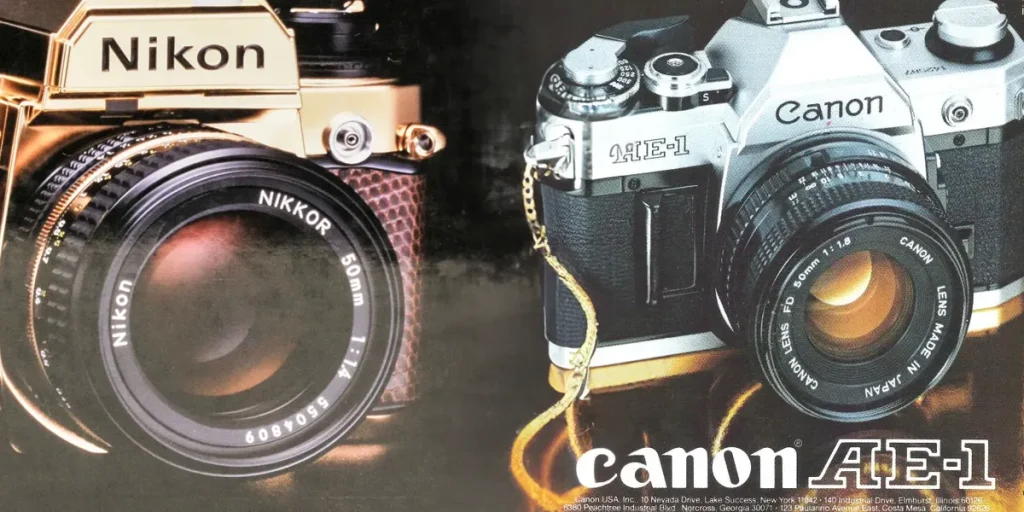
Early Nikon shooters favored rangefinder cameras similar to Leica and Zeiss. But in 1959, Nikon changed the camera landscape forever with the introduction of their groundbreaking Nikon F series SLR cameras. The legendary F, F2, and FM2 models became instant classics, cementing Nikon as a top camera company for generations.
Meanwhile, Canon was founded in Japan in the 1930s under the name Precision Optical Instruments Laboratory. After making lenses and a few rangefinder cameras, Canon debuted their first SLR camera, the influential Canon Pellix, in 1965.
Throughout the golden age of film photography, both companies produced dozens of landmark SLRs, including those that photographers loved like the Nikon FM2, FE2, and FA, along with the Canon AE-1, A-1, T90, and more. Nikon and Canon together ruled the world of film cameras right up until the digital revolution took over.
When digital cameras hit the scene in the late 1990s, Nikon and Canon were ready. They charged forward with cutting-edge digital SLR cameras that took the new technology to the next level. For nearly 20 years, Nikon and Canon together dominated the digital SLR camera market.
But in recent years, DSLR sales have declined sharply as lighter, more advanced mirrorless cameras have taken center stage. Nikon was initially a little slow to fully commit to mirrorless technology. But now they’ve got an impressive mirrorless lineup including the mid-range Nikon Z5, the video-centric Z6 II, and the mega 45MP Nikon Z9 aimed at professionals.
Canon adopted mirrorless cameras earlier and now has a deep roster of EOS R series models, led by the video powerhouse Canon EOS R5 which boasts incredible 8K video recording and 45MP stills!
Both brands continue to offer a wide selection for beginners and enthusiasts. And their lenses remain untouchable in terms of quality and sheer number of options. Nikon’s venerable F-mount SLR lenses and Canon’s workhorse EF-mount SLR glass are the stuff of legend. Now they’ve introduced the new Z-mount and RF-mount lenses to complement their latest mirrorless cameras.
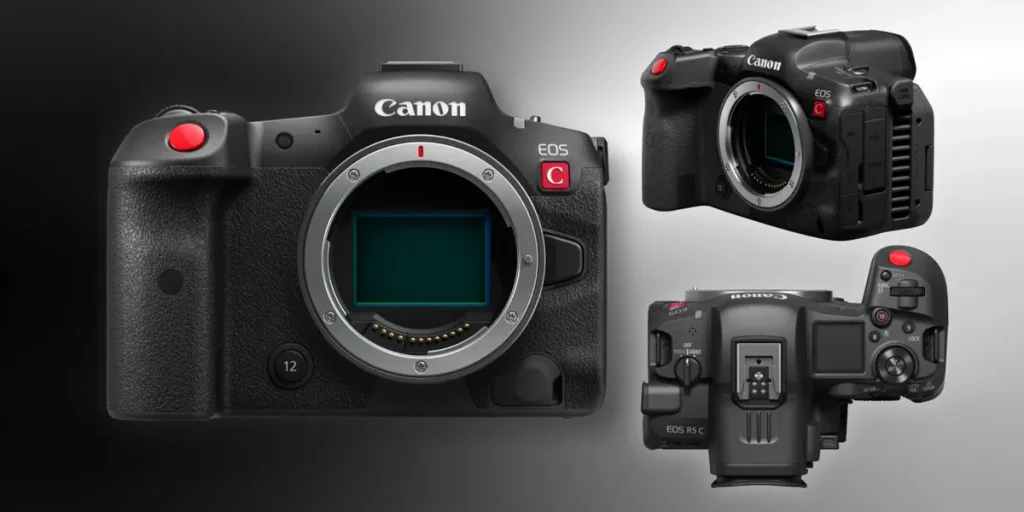
Canon vs Nikon: Color Science
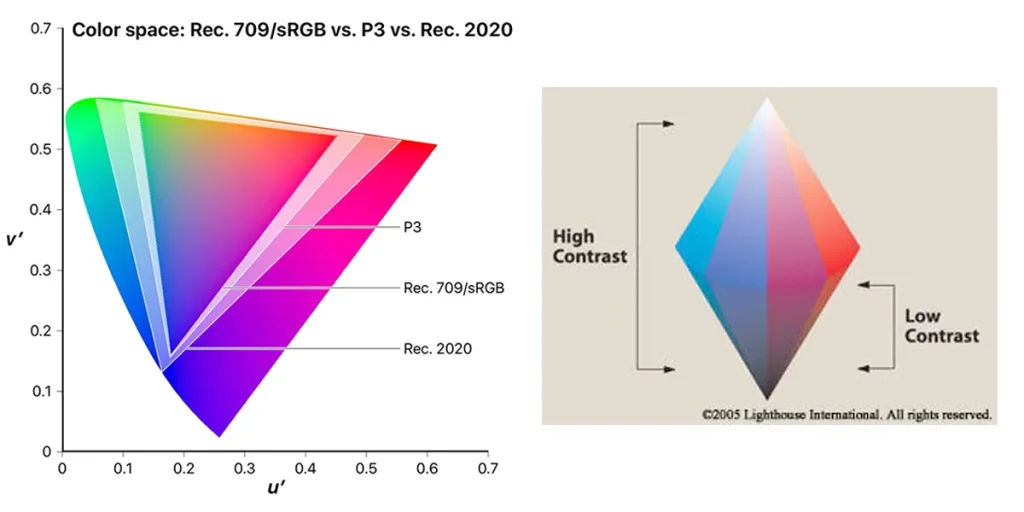
When it comes to portrait work, I’ve always leaned towards Canon. The color range is generally better, and skin tones, regardless of ethnicity, are easier to work with. Canon’s color science offers clean, cneutral tones – your blacks, grays, and whites.
This means that dark hair, black clothing, and white shirts or wedding dresses will come out true to their colors.
Nikon, on the other hand, tends to introduce a color cast, often a greenish-yellow tint, which can lead to more color pollution into the neutral tones. However, this isn’t necessarily a disadvantage.
In fact, this color cast can sometimes lend a more cinematic feel to your images, especially under artificial ambient light, such as in a café in the evening or under tungsten lighting.
Dynamic Range: Canon vs Nikon
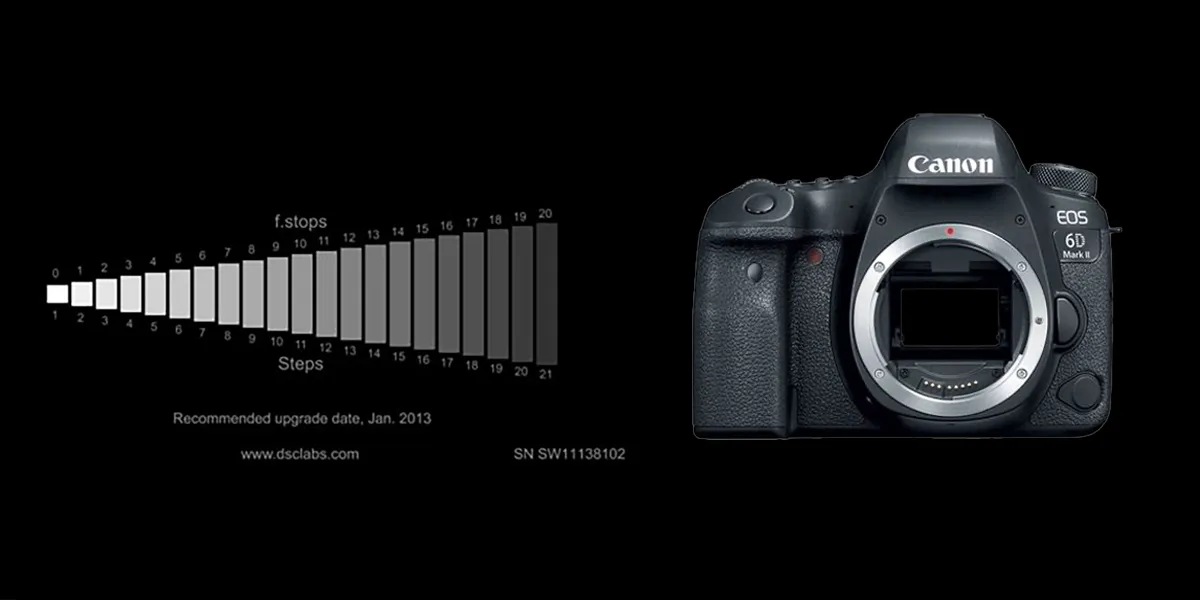
Dynamic range is another critical factor to consider. Most of the dynamic range in Nikon cameras is around the ISO 100 mark, usually between ISO 100 and 800. At ISO 100, Nikon DSLRs have significantly more dynamic range than their Canon counterparts.
Dynamic range is the ability to resolve detail within dark and light areas in an image. More dynamic range will give you information in both the highlights and the dark areas. This is particularly useful in landscape photography and for preserving details in highlights, such as in wedding dresses or shirts.
Canon files, however, tend to fall apart if pushed too much, leading to an unattractive tartan pattern of magenta and green. Nikon, on the other hand, produces monochromatic noise, which looks much closer to what you get with film. This can add a natural feel to your images, especially when shooting indoors at higher ISOs.
Canon vs Nikon: Camera Bodies and Focusing Systems
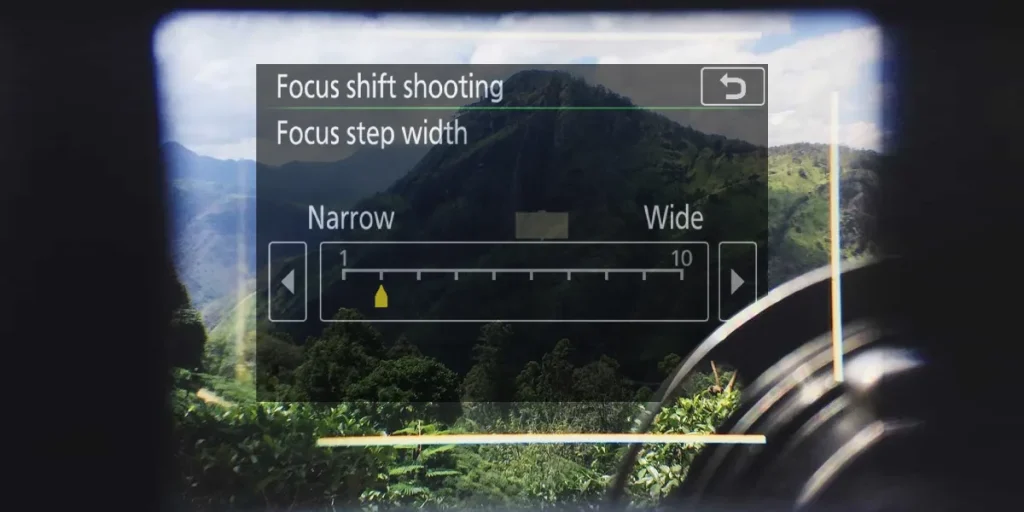
When it comes to camera bodies, Nikon generally offers more customizable buttons, which can be particularly useful for wedding photography. Nikon also tends to have two card slots on most of their cameras, a feature Canon only started offering from the 5D Mark 3 onwards.
The focusing systems of older Canon cameras lag behind Nikon’s. For instance, even the Nikon D600 has a 51-point focusing system, allowing for greater flexibility. Canon’s 6D, on the other hand, still relies on a basic layout of focus points.
It’s only with the 5D Mark 3 that Canon started offering a camera that can work effectively with f1.2 lenses.

Lens Systems: Canon vs Nikon
When comparing Canon and Nikon, it’s essential to consider their lens systems. Both brands have taken different approaches to their lens systems, which can significantly impact your decision-making process.
Nikon excels with their 1.8 prime lenses. They offer a range of affordable, high-quality 1.8G lenses, including 20mm, 24mm, 28mm, 35mm, 50mm, and 85mm. Nikon also offers 1.4 primes, including an 85mm and a 35mm, and even a 58mm lens designed for character.
On the other hand, Canon’s f1.2 primes are exceptional. The 50mm f1.2, for instance, while not the sharpest, produces pleasing images, especially for portraits. Canon also offers unique lenses, such as the 135mm f2, which are hard to find elsewhere.
When it comes to zoom lenses, both brands offer comparable 2.8 lenses. However, Canon’s f4 zoom range, particularly the 16-35mm f4 image-stabilized lens, is a standout performer. Nikon’s equivalent, the 16-35mm f4, is larger, heavier, and not as optically impressive.

Making the Decision: Canon vs Nikon
Choosing between Canon and Nikon is no easy task. For landscape photography, I’ve found myself gravitating towards Canon, primarily due to the lens options. However, Nikon’s increased dynamic range, monochromatic noise, and versatile lens system make it a strong contender for all-round photography.
If you’re considering turning pro in the future, Nikon’s dual card slots, top-level zoom lenses, and 1.8 primes offer a variety of options at different price points. On the other hand, Canon’s exceptional color output and standout f4 zoom range make it a strong choice for portrait and landscape photography.
Ultimately, the decision between Canon and Nikon will depend on your specific needs, preferences, and future plans. If you’re considering purchasing a Canon or Nikon DSLR system, I’d love to hear your thoughts in the comments below.
FAQs
Both Canon and Nikon offer excellent entry-level DSLR cameras. The choice between the two often comes down to personal preference and specific needs. Canon is often praised for its user-friendly interface, making it a popular choice for beginners. Nikon, on the other hand, is known for its excellent image quality and dynamic range.
Canon and Nikon both produce high-quality images. Canon is known for its exceptional color output straight from the camera, making it a great choice for portrait photography. Nikon, on the other hand, is renowned for its superior dynamic range, making it a strong contender for landscape and low-light photography.
Canon and Nikon offer a wide range of high-quality lenses. Canon’s f1.2 primes and f4 zoom range are standout performers. Nikon excels with their 1.8 prime lenses and also offers 1.4 primes. The choice often depends on your specific needs and budget.
if you’re looking to increase your online conversion but still feel you are not sure where to start – check out these resources below:








5 thoughts on “Canon vs Nikon: An In-Depth Comparison for DSLR Photography”
Hi! I know this is somewhat off topic but I was wondering which blog platform are
you using for this site? I’m getting tired of WordPress because I’ve had
issues with hackers and I’m looking at alternatives
for another platform. I would be great if you could point
me in the direction of a good platform.
You’re saying Nikon is better has more lens chooses? More durable over time? More filters
I had one from 2004 all equipment
Filters was stolen. I do a lot of travel showing detail of old European buildings kept to historical standards.
Portrait. A lot of Horse rodeo pics
Which is better
I appreciated the thorough breakdown in the Canon vs Nikon guide. As a wedding photographer, the discussion on color science and image quality under different lighting conditions was enlightening. Great read for anyone in the field.
I’m struggling with this decision! I’ve been a loyal Canon user for years, but the recent advancements in Nikon’s technology have me tempted to switch. Anyone have personal experience with both cameras that they could share? Pros and cons?Thanks!
I’ve been using a Nikon camera for a few years now and I have to say, I’m really happy with the quality of the images it produces. I’ve tried using a Canon camera before and while it’s also a great camera, I find that Nikon’s lens selection is more extensive and versatile for my needs. Overall, I think Canon and Nikon are both great options for photographers, but it really depends on your personal preferences and shooting style.